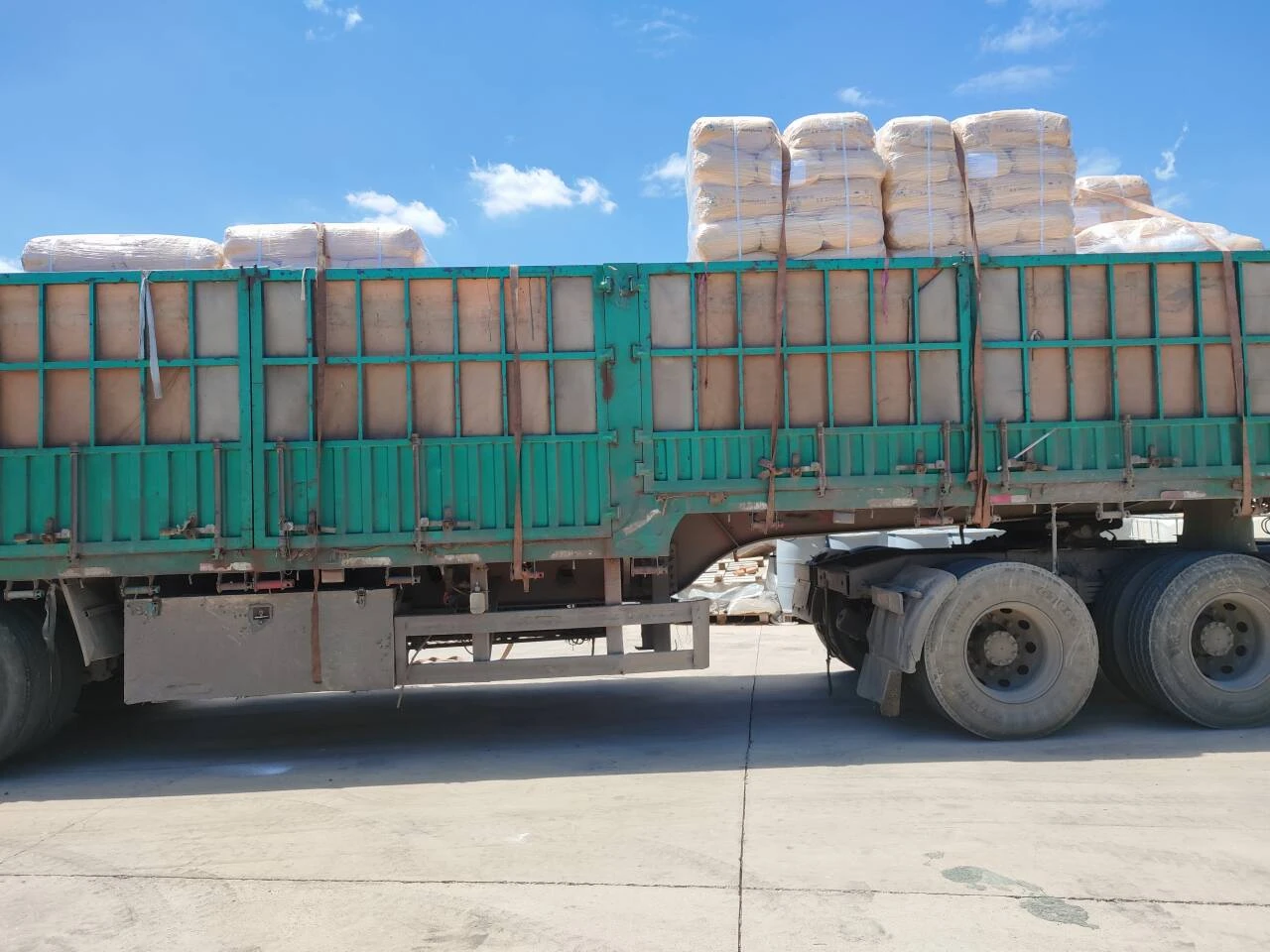What is a Plasticiser?
A plasticiser, also spelled as plasticizer, is a substance added to materials, primarily polymers, to enhance their flexibility, workability, and plasticity. This addition often transforms a hard, brittle material into a more pliable and durable one. The application of plasticisers is crucial in various industries, particularly in the manufacturing of flexible plastics used in everyday products.
How Do Plasticisers Work?
Plasticisers function by embedding themselves between the polymer chains in a material. This interference reduces the intermolecular forces that contribute to rigidity, allowing the chains to move more freely. As a result, the material becomes softer and more flexible. The effectiveness of a plasticiser depends on its molecular size, polarity, and its compatibility with the polymer it is being added to.
Common plasticisers include phthalates, adipates, and citrates. For example, diethyl phthalate (DEP) and dioctyl phthalate (DOP) are two widely used phthalates. These compounds can be added to polyvinyl chloride (PVC) to produce a flexible material suitable for use in products such as flooring, wall coverings, and electrical cable insulation.
Types of Plasticisers
Plasticisers fall into two main categories primary and secondary plasticisers
.1. Primary Plasticisers These are used in significant amounts and become a permanent part of the polymer matrix. They effectively impart flexibility and modify the material's physical properties, making them essential in applications such as flexible PVC. 2. Secondary Plasticisers These are used in lesser quantities and often serve to enhance the properties provided by primary plasticisers. They can improve certain attributes such as thermal stability or processability but do not contribute to long-term flexibility as primary plasticisers do.
what is a plasticiser

Applications of Plasticisers
The applications of plasticisers are vast, spanning a wide range of industries
- Construction In building materials, plasticisers enhance the workability of concrete and mortar, allowing for easier application and improved performance. - Consumer Products Many everyday items, such as toys, packaging materials, and household goods, utilize plasticised polymers. For instance, the soft, malleable nature of PVC in toys ensures safety and durability. - Automotive In the automotive industry, plasticisers are used in components such as dashboards, wiring insulation, and hoses. The flexibility and resistance to weathering provided by plasticised materials contribute to the longevity and reliability of vehicles. - Medical Devices Plasticisers, particularly non-phthalate ones, are commonly employed in medical devices such as IV bags and tubing, where flexibility and safety are paramount.
Health and Environmental Concerns
Despite their beneficial properties, plasticisers—especially phthalates—have raised health and environmental concerns. Certain phthalates have been linked to endocrine disruption and other health issues. As a result, regulatory bodies in various countries have imposed restrictions on the use of specific plasticisers in consumer products, especially those intended for children.
In response to these concerns, the industry has seen a shift towards safer alternatives, such as bio-based plasticisers derived from renewable resources. These newer options aim to mitigate health risks while still providing the flexibility and performance needed in various applications.
Conclusion
Plasticisers play a crucial role in the production of flexible materials across many sectors, enhancing the usability and durability of products we rely on daily. While there are legitimate concerns regarding their safety, ongoing innovations and regulatory changes are steering the industry toward the use of safer alternatives. As research continues in the field of polymer science, the development of new plasticisers will surely be a focal point, aiming to balance performance with health and environmental considerations.

